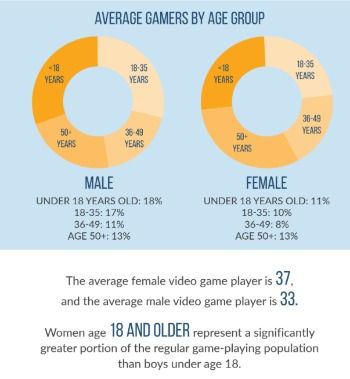Visual effects pipeline.
- Zack Scanlon
- May 22, 2021
- 2 min read
The visual effects pipeline is a very complex and arduous workflow that needs hundreds if not thousands of people to make sure each part is up to a high standard and delivered on time.
Story boarding: Most productions begin with a storyboarding phase that will help layout camera work of set pieces and or the cinematography of other parts within the film.

Previs: Previs is when you have your sequence in 3D but with low poly assets so that you can get an idea as to how the motion of the scene will playout which is something you can't do with storyboard but they do both go hand in hand to help refine camera angles and blocking out a scene.

Concept art: This part is for getting the look and style of your film down, this helps with the characters clothing design which is important if you are trying to sell a setting to your audience.

Production design: Using the other previous steps they will use it to help them build out the physical set that will be used and it informs how the digital extensions will be built out.

Research and development: R&D is critical to seeing whether a certain shot or act could be achieved or if a VFX artist needs to see how something like car paint behaves so that they can accurately replicate in 3D.

Data acquisition: On set you're going to need to get you footage, green screen plate, HDRI's or other types of lighting reference, lidar. Match moving is also key as you need to accurately place an object within your scene.

3D modelling and texturing: This is when artists bring the concept art and R&D tests to life. Like modelling and texture a digital double for the protagonist or the building that will be used to build out a lavish cityscape.

Rigging and Animation: For this part you take the models from the previous step and if you need it to move you must rig it first, in this process you add bones throughout your model so that then you can move those bones so that you can animate them to get the motion that you want so like lining up your digital double.

FX and Simulation: For this step Simulations are used to either add fur to a character like a cat or bear, another use is water simulation so that you can simulate water for a reconstruction or manipulation, destruction is also very common so that you can destroy models in 3D.

Lighting and Rendering: Lighting and rendering are paramount in being able to properly integrate your CGI renders into your live action footage so you need to be able to recreate the lightning set ups in 3D as well.

Compositing: Compositing is when you take the CG and integrate them into your live action plates using techniques like rotoscoping to place objects behind thing in your plate.



Comments